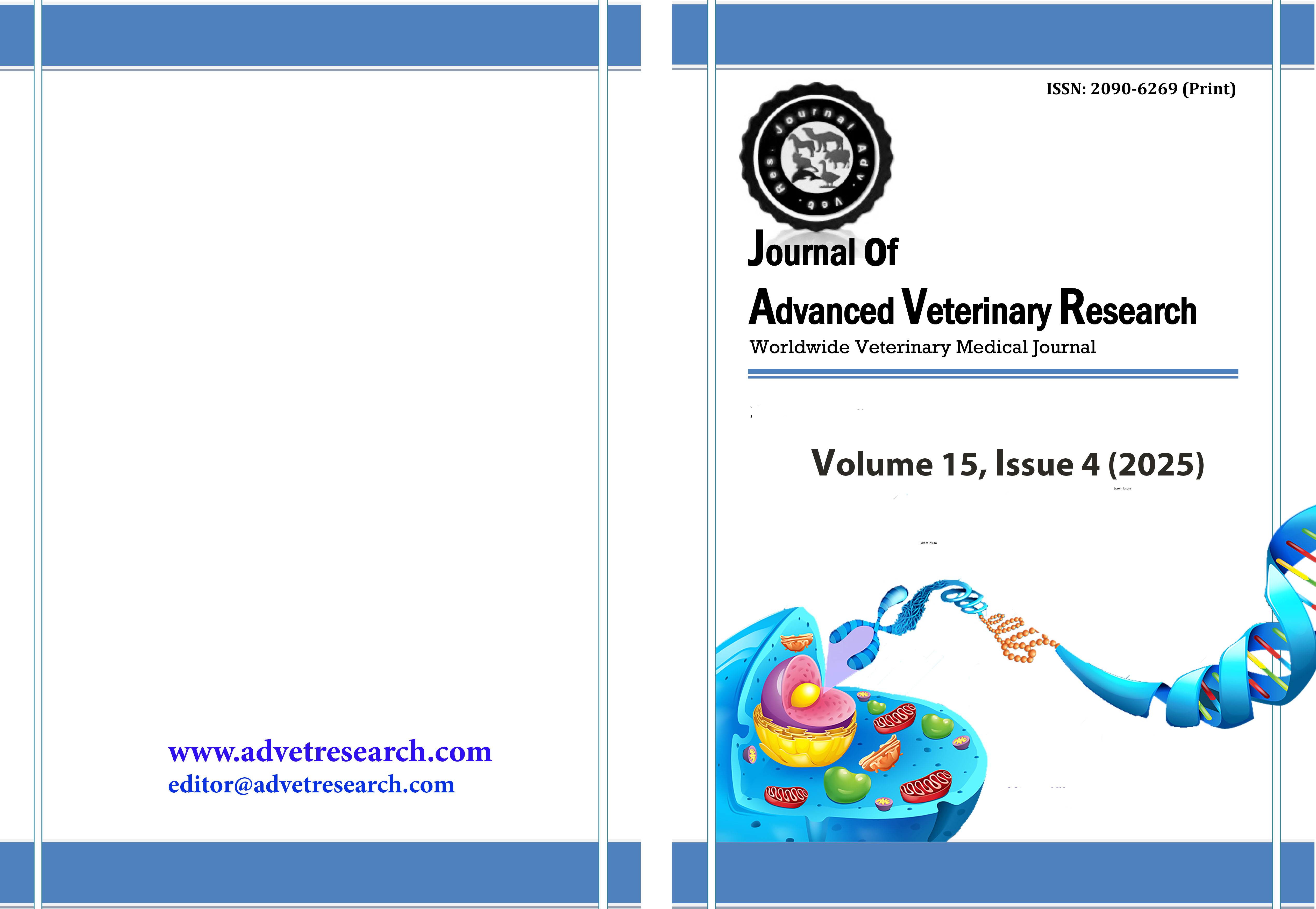Molecular detection of extended-spectrum β-lactamase-producing Escherichia coli in imported canaries (Serinus canaria) from Malaysia
Keywords:
Escherichia coli, ESBL, canaries, blaTEM, public healthAbstract
The increasing public interest in keeping canaries has driven the growth of international trade in ornamental birds in Indonesia, especially in East Java. Data from the East Java Animal, Fish, and Plant Quarantine Center shows a significant increase in imports of canaries (Serinus canaria) from Malaysia. The high volume of imports has the potential to be a route of entry and spread of antibiotic-resistant bacteria, one of which is Escherichia coli. The ability of E. coli to transfer resistance genes to other bacteria makes it an important reservoir in the dynamics of antimicrobial resistance in the environment. This study aimed to identify the presence of E. coli producing Extended-Spectrum Beta-Lactamase (ESBL) in imported canaries, as well as to analyze their antimicrobial resistance profiles. A total of 150 canary feces samples were taken aseptically at the Malang Animal Quarantine Installation. Isolation of E. coli was carried out using Eosin Methylene Blue Agar (EMBA) media and confirmed by the IMViC biochemical test. Antibiotic sensitivity test (amoxicillin, ceftazidime, ciprofloxacin, tetracycline, trimethoprim-sulfamethoxazole) using the Kirby-Bauer method. Detection of the blaTEM gene in Multidrug Resistance (MDR) isolates was carried out by PCR. Of the 150 samples, 27 isolates (18%) were confirmed as E. coli, with 81.4% (22/27) showing an MDR pattern. The highest resistance was found to tetracycline (88.9%), amoxicillin (85.1%), and trimethoprim-sulfamethoxazole (70.4%). The blaTEM gene was detected in 59.1% (13/22) of the MDR isolates, indicating a plasmid-mediated beta-lactam resistance mechanism. Imported canaries have the potential to be a reservoir of ESBL-producing E. coli with a high prevalence of MDR. These findings highlight the need for strict supervision of bird imports and regulation of antibiotic use in farms to prevent the spread of antimicrobial resistance.
Downloads
Published
How to Cite
Issue
Section
License
Copyright (c) 2025 Journal of Advanced Veterinary Research

This work is licensed under a Creative Commons Attribution-NonCommercial-NoDerivatives 4.0 International License.
Users have the right to read, download, copy, distribute, print, search, or link to the full texts of articles under the following conditions: Creative Commons Attribution-NonCommercial-NoDerivatives 4.0 International (CC BY-NC-ND 4.0).
Attribution-NonCommercial-NoDerivs
CC BY-NC-ND
This work is licensed under a Creative Commons Attribution-NonCommercial-NoDerivatives 4.0 International (CC BY-NC-ND 4.0) license




